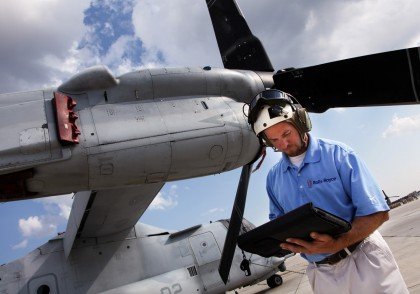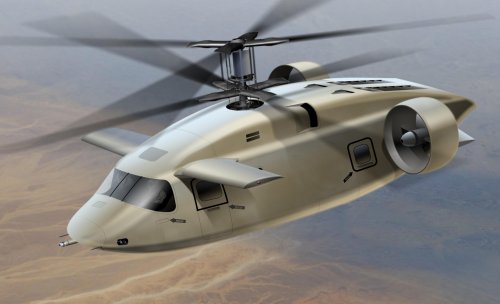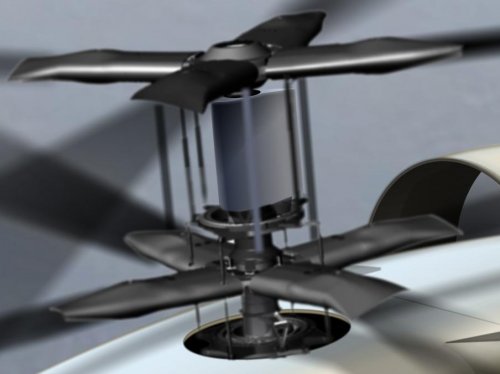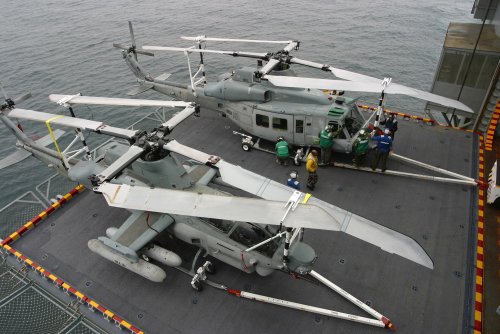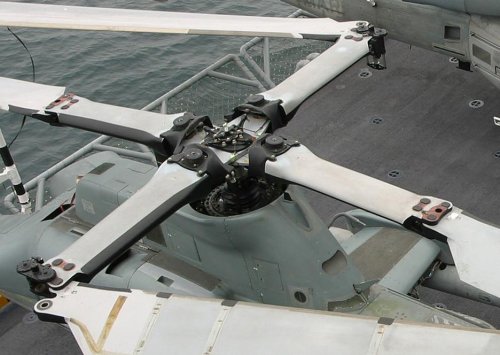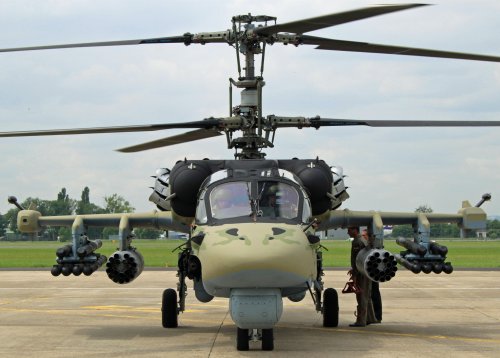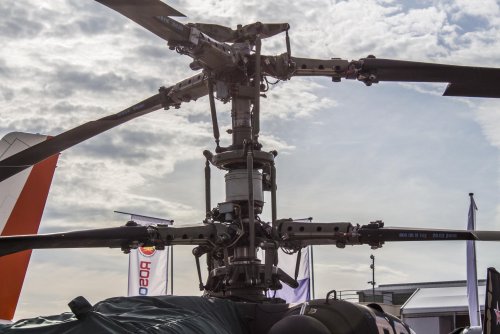I find it sad the commentary that is being spewed forth by people that really know nothing about actually producing aerospace products and the business models that are associated with them. First off, stating that MD Heli could produce this craft just goes to show the ignorance of the line of thinking. MD is as small or smaller than AVX. MD only has two or three large buildings with a few support buildings on the North side of FFZ. They do have some off site production that they were trying to get going in Mexicali if I remember correctly about 6 years ago. They were still struggling to deal with workmanship issues with the composite material. Another issue that MD has is the lack of experience with composites. They are a sheet metal group. The composite blades for the MD series are being built for them by a company in the Tempe area. MD also lacks design experience. Heck even asking Boeing Mesa to build this thing would not work. They have larger facilities, but they are all dedicated towards assembling the pieces of the Apache. They do have a small area towards prototype work, but I do not think that it is large enough to build a few demonstrators. I have been at both facilities, and actually interviewed at one of them.
As I understand it, AVX will be using an off the shelf fuselage for the scale demonstrator that will then be modified. All the driveline, including blades, transmission and controls will be custom. The fuselage will be modified to accept these as well as the canard.
As for my reliability in this data, well I work for one of the companies that has helped them in their design studies. They are not a crackpot group. Troy is as sharp as any, and he has some very great supporting guys that work directly for him. I am directly familiar with many of the companies that are helping in their efforts. These companies are also well established companies with good engineering resources. Are they a long shot, yes, though not for lack of skill or track record (Go read Troy's bio, and you will see his track record). Despite this, I would say that they are a legitimate contender and could find ways to tool up for producing a production version of their craft. This is a well back group with an extra high talent level. They could staff multiple advanced development groups at any one of the major helicopter vendors.
Adam



